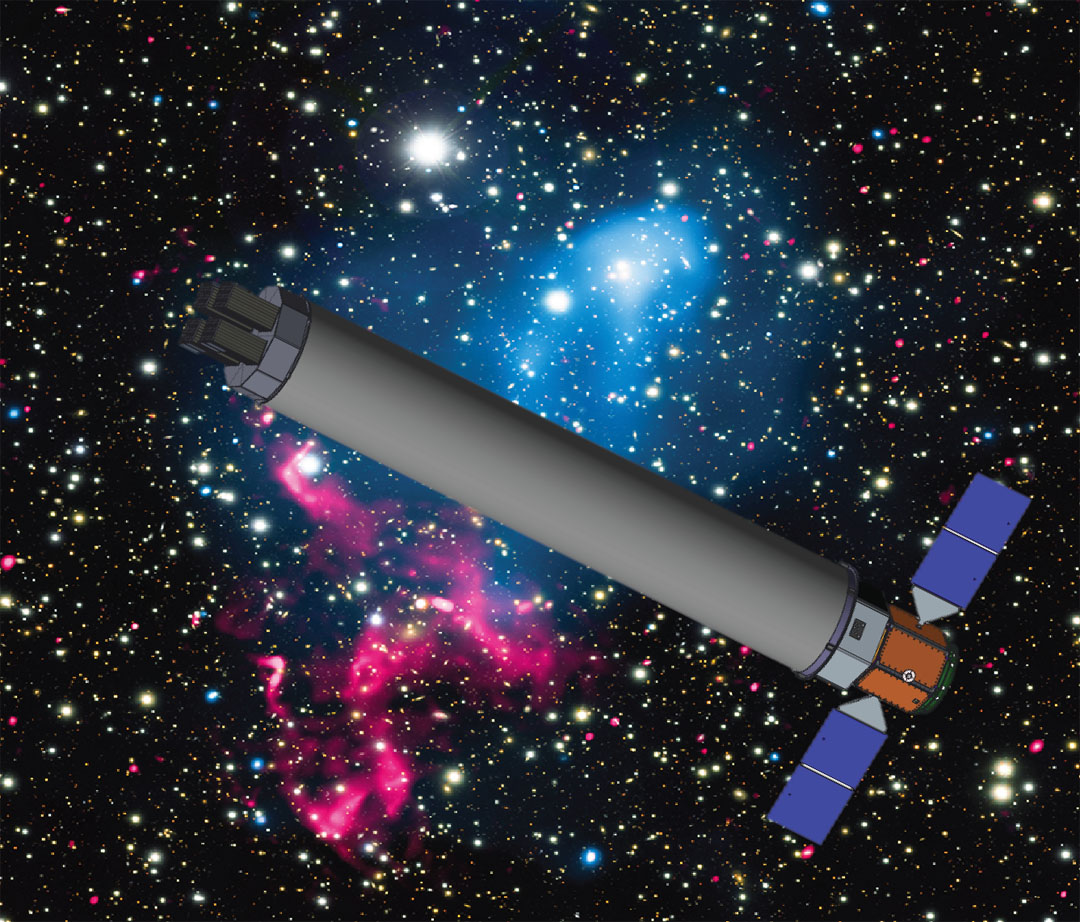This month NASA selected three missions for a phase A study for a Medium-Class Explorer Mission. One of these three missions is Arcus, an X-ray mission with significant Dutch contributions. If selected for launch Arcus will study hot gas in the universe, the launch mechanisms of black hole wind, and the impact of accretion on star formation.

Arcus is a high-resolution grating spectrometer mission that combines X-ray optics and gratings to disperse the X-rays, much like how a prism separates sunlight into the colors of the rainbow. As such Arcus is very much comparable to the LETGS and RGS spectrometers that SRON delivered for the X-ray space telescopes Chandra (NASA) and XMM-Newton (ESA). However, compared to the RGS, Arcus will be ten times more sensitive and will be able to resolve spectra ten times better. In the soft X-ray band, the spectral resolution of Arcus will be unprecedented for point sources. Athena, the European X-ray space telescope which has a planned launch in 2028, will add the capability to do imaging of extended sources with high spectral resolution.
The science that Arcus will be able to do is built around three themes:
• to characterize hot gas in the universe, from our Milky Way to clusters of galaxies
• to identify the launching mechanisms of black hole winds and study their impact on structure and evolution of galaxies
• study the impact of accretion on star formation
There is a significant SRON/Dutch involvement in this mission. The Arcus mirrors will be made by cosine in Leiden; a prototype of the Athena mirrors . SRON Scientists Elisa Costantini and Jelle Kaastra are involved as co-Investigators of this mission. Kaastra will also lead the black hole wind science program team.
The proposals were selected by NASA based on potential science value and feasibility of development plans. After concept studies and detailed evaluations, one of these missions will be selected by 2019 to proceed with construction and launch. If this is Arcus, it will be launched in 2023.


